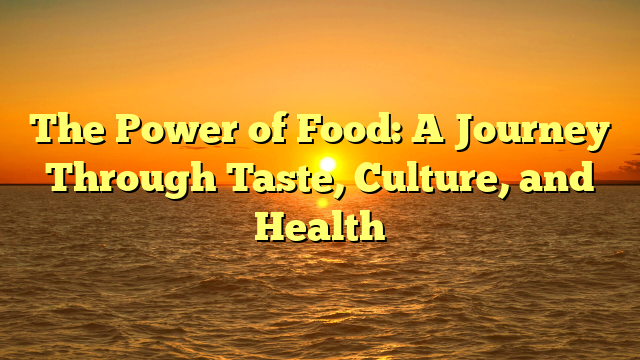
Spices have been an essential part of human cuisine for thousands of years. They add flavor, aroma, and color to dishes while also offering numerous health benefits. But beyond taste, spices play a scientific role in food by enhancing flavors, preserving ingredients, and even interacting with our senses in unique ways.
In this article, we’ll explore the history of spices, their chemical properties, how they enhance food, and their surprising health benefits.
1. The History of Spices: A Global Journey
Spices have shaped civilizations, economies, and trade routes for centuries. Bayar4D Daftar include:
🛳️ Ancient Spice Trade (3000 BCE) – Egyptians used spices like cinnamon and myrrh for cooking and embalming.
🏴☠️ The Spice Routes (1000–1500 CE) – Arab, Indian, and Chinese merchants traded spices like black pepper, cloves, and nutmeg across continents.
⚓ The Age of Exploration (15th–17th Century) – European explorers sought new routes to Asia to control the spice trade, leading to global colonization.
Today, spices remain a vital part of global cuisine, with each region developing unique spice blends and flavors.
2. The Chemistry of Spices: Why Do They Taste So Good?
Spices contain volatile compounds and essential oils that give them distinct flavors and aromas. Here are a few examples:
🌶️ Capsaicin (Chili Peppers) – Creates spiciness by stimulating heat receptors in the mouth.
🍂 Cinnamaldehyde (Cinnamon) – Provides a sweet and warm flavor.
🌿 Carvacrol (Oregano & Thyme) – Offers a strong, slightly bitter taste.
🍋 Limonene (Citrus Peels & Coriander) – Produces a fresh, lemony scent.
These compounds activate taste buds, trigger sensory reactions, and enhance the overall eating experience.
3. How Spices Transform Food
Spices do more than just add flavor—they also affect food chemistry in different ways:
✅ Enhancing Flavor – Spices create balance by adding sweetness, bitterness, heat, or umami.
✅ Preserving Food – Many spices have antibacterial properties that help prevent spoilage.
✅ Boosting Aromas – The smell of spices activates our senses before we even take a bite.
✅ Creating Color – Spices like turmeric and paprika add vibrant colors to dishes.
By combining different spices, chefs and home cooks can layer flavors and create complex, delicious dishes.
4. The Health Benefits of Spices
Many spices have been used in traditional medicine for their anti-inflammatory, antioxidant, and digestive benefits. Here are some of the healthiest spices:
🧡 Turmeric – Contains curcumin, which has powerful anti-inflammatory and antioxidant effects.
🟢 Ginger – Helps with digestion, nausea, and inflammation.
🟣 Garlic – Supports heart health and boosts the immune system.
🟠 Cinnamon – Can help regulate blood sugar levels.
🔴 Chili Peppers – May boost metabolism and aid in weight loss.
Incorporating spices into daily meals can improve overall health while making food more flavorful.
5. Popular Spice Blends Around the World
Different cultures have developed unique spice blends that define their cuisine:
🇮🇳 Garam Masala (India) – A mix of cumin, coriander, cardamom, cloves, and cinnamon.
🇲🇦 Ras el Hanout (Morocco) – A North African blend of up to 30 spices, including cinnamon, nutmeg, and ginger.
🇯🇵 Shichimi Togarashi (Japan) – A seven-spice blend with chili flakes, orange peel, sesame seeds, and seaweed.
🇲🇽 Adobo (Mexico) – A mix of paprika, oregano, garlic powder, and cumin used in marinades.
🇨🇳 Five-Spice Powder (China) – A balance of sweet, sour, bitter, salty, and umami flavors using star anise, cloves, cinnamon, Sichuan pepper, and fennel seeds.
Each spice blend tells a story of culture, trade, and regional flavors.
6. Conclusion: The Power of Spices in Our Lives
Spices are more than just ingredients—they are scientific wonders that transform food, preserve traditions, and enhance health. From ancient spice trade routes to modern-day kitchens, spices continue to shape culinary experiences and connect people across cultures.
Whether you’re cooking a spicy curry, a sweet cinnamon dessert, or a fragrant herb-infused dish, understanding the science behind spices can elevate your cooking and appreciation for food.





